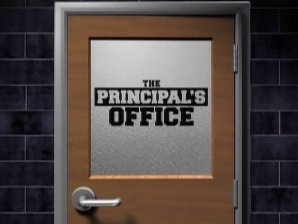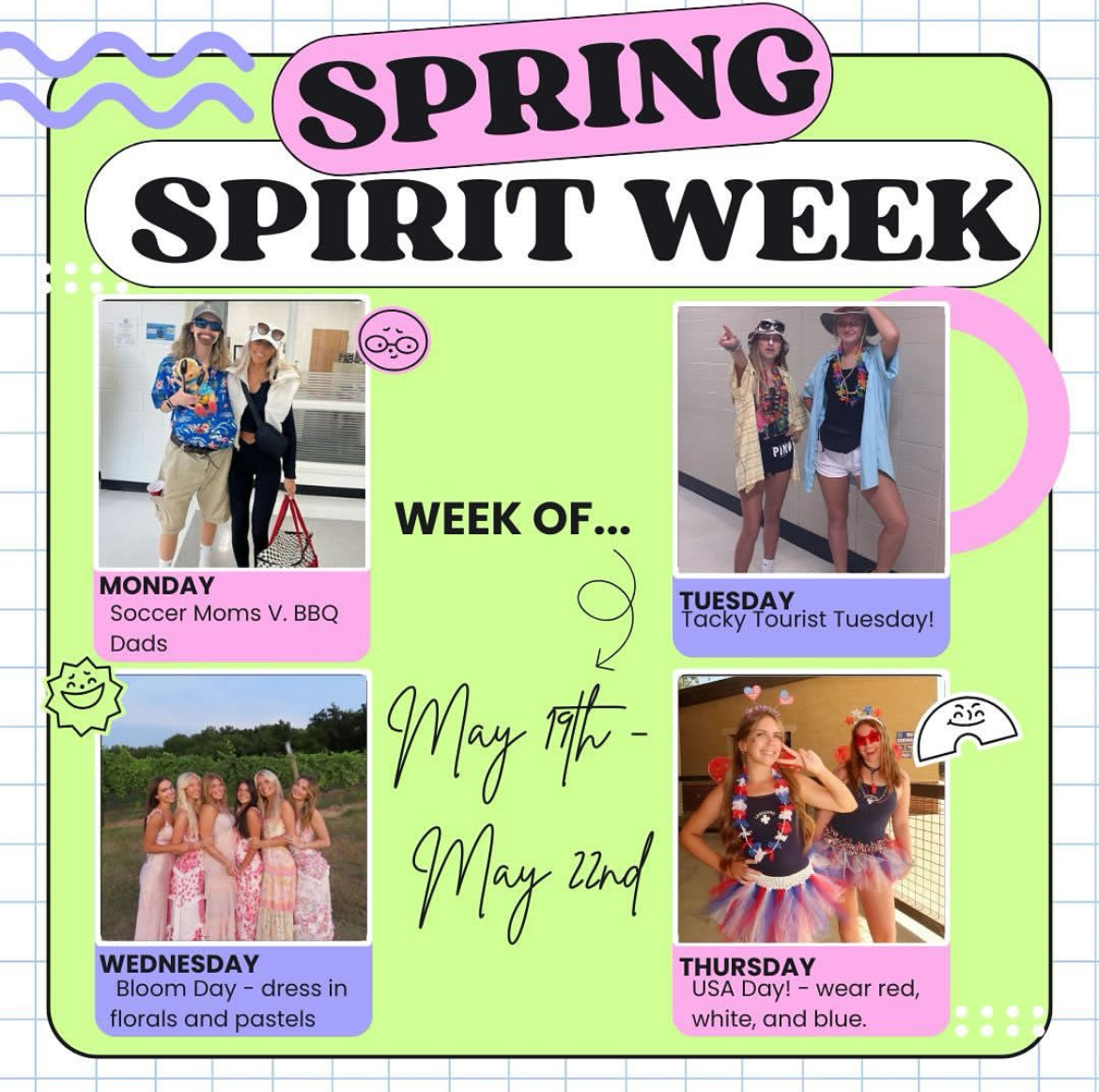Misinformation about COVID-19 worsens the effects of the pandemic
Falsified articles and fake news regarding the pandemic has been rampant across the internet.
May 15, 2020
On Apr. 23, President Donald Trump suggested in a press briefing that the virus’s vulnerability to disinfectant means that there is a possibility people could become less susceptible to the virus by “injection.”
These comments were so factually incorrect that Lysol itself had to warn against the internal use of disinfectants, which contain hazardous chemicals dangerous to the human body.
However, the President’s comments are just one of the many examples of misinformation being spread in the United States amidst the COVID-19 pandemic. From a viral video claiming that wearing a mask makes you sick to the conspiracy that the COVID-19 death toll within the United States is actually fake, there is falsified information present everywhere on the internet.
All of this misinformation in the middle of a pandemic is having deleterious impacts on the American population.
False claims such as “COVID-19 was man-made in a Chinese lab” (it’s not) or “the COVID-19 vaccine will cause severe medical harm to all who take it” (it won’t be) ultimately perpetuate fear in an already anxiety-ridden time. When encountered on a diverse range of social media platforms and news sites, these claims create false ideas about COVID-19 that make the individual reader feel hopeless or panic. In a time where nearly 20 percent of Americans claim that the pandemic has taken a significant negative toll on their mental health, misinformation like this is only worsening the psychological impacts of a global outbreak.
Beyond that, misinformation can actually hurt efforts to fight the outbreak in making people less willing to adhere to combative measures like wearing a mask or social distancing. The viral video claiming that wearing a mask makes you sick is obviously going to deter a certain portion of the United States population from wearing a mask, which will leave people around that portion vulnerable to the virus.
It’s important to note that in a pandemic, it’s a given that information will constantly be updating. Where just a few months ago the CDC was claiming that wearing a mask is unnecessary and that masks should be reserved for healthcare workers, now the CDC and the government are attempting to implement regulations requiring everyone to wear a mask.
As Junior Alexa Trimandilis says, “People used to be ridiculed and harassed by the media for wearing a mask. Now we all have to wear them to go out.” Her words reflect the idea that the media’s words are shifting, and the general population should not cling to outdated facts.
The timeline for the coronavirus vaccine is changing, the death curves and projections are changing, and overall information about COVID-19 is changing.
News outlets confront the issue of shifting information by placing qualifiers in their titles, such as “may” or “possibly,” to ensure that their audience understands that these claims are not confirmed quite yet. However, it’s the news outlets and officials that claim with absolutes that are perpetuating misinformation.
Trump’s claims that death projections do not take into account “mitigation” efforts and thus are more harsh than necessary (it does), or the claims of conservative media that hydroxychloroquine is the cure (there’s no testing to prove this) are examples that epitomize absolute claims spreading misinformation. People may falsely believe the outbreak is lessening faster than it is or that mitigation efforts are unnecessary as a cure has already been found. Those same people may not social distance or wear masks given the misinformation they learned.
Misinformation is also an issue of morality. Claiming that the impact of COVID-19 is less severe than reported or claiming that the virus death toll has been faked is outright disrespectful.
These claims disrespect the estimated 250,000 people who have died worldwide. These claims disrespect the estimated 250,000 families who have lost a loved one to this pandemic. These claims disrespect the 16.8 million Americans that have been put out of work by this pandemic in efforts to mitigate the spread of the virus. These claims disrespect the millions of healthcare workers across the globe who are continuously risking their lives, spending hours on their feet, working day in and day out to help save others during a pandemic.
The responsibility to curb the spread of misinformation does fall, in part, on the shoulders of media outlets. News networks need to ensure that their information is accurately sourced and that their claims aren’t absolute in a time of shifting information. However, part of the responsibility also falls on the shoulders of the individual.
“It’s rewarding when my students and others around me begin to ‘get it,’” explains History Teacher Anthony Steady, “When they start to realize that every article they spread, every fact they speak has an effect on those around them.”
Some of the responsibility people must take lies in ensuring that their information is valid – checking the author or source’s credibility, corroborating the information of the source with information from other sources, ensuring that the information is still timely and relevant – before spreading information on the pandemic across their social media platforms or to those closest to them.
Technology-education Teacher Sterling Miller has been personally impacted by misinformation, having his family split between those who believe the response to the pandemic is “warranted” and those who believe that the pandemic is an “overblown hoax.” In response to people in his family trying to push their side with inaccurate facts, Miller looked for a way to mitigate the spread of falsified information. As a technology-oriented person, he found a great resource to evaluate whether an article is fake. Miller seeks to remind everyone that fake news can be “overwhelmingly out there,” but that curbing the spread is reliant on one’s own effort to verify the information and to refrain from spreading falsified information.
Most importantly, people should adhere by mitigation efforts no matter what the news sites claims until they receive confirmation from their government that its okay to begin returning to normalcy once more. As Junior Brianna Kaltschnee says, “Choosing to ignore verified information about the benefits of social distancing and instead value the opinions of one tweet is dangerous. People need to stay home and realize that they are risking the lives of their parents, grandparents, and those around them.”
It is only with these measures that the COVID-19 pandemic and the misinformation pandemic can be stopped for the betterment of the country.




















